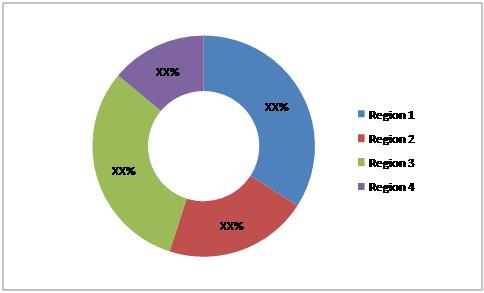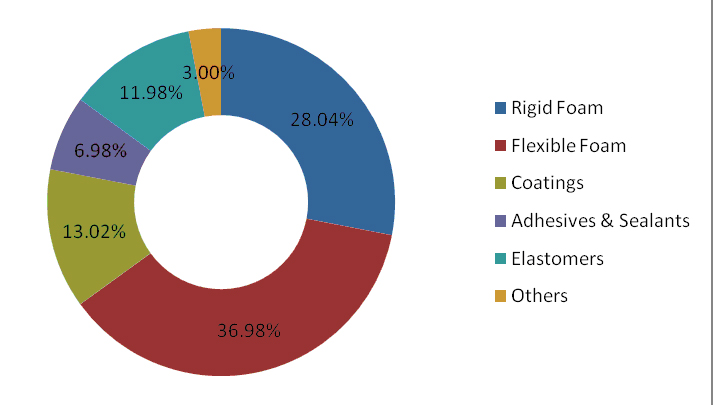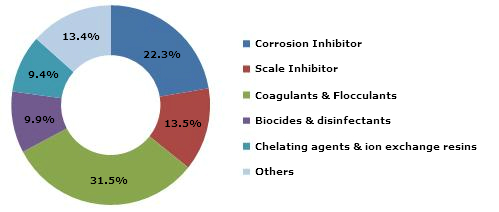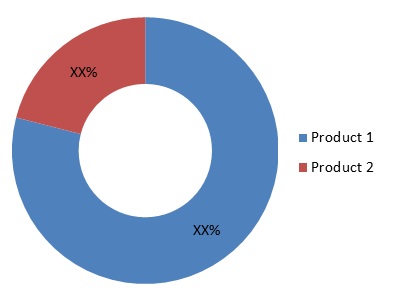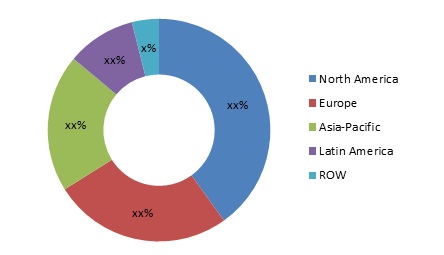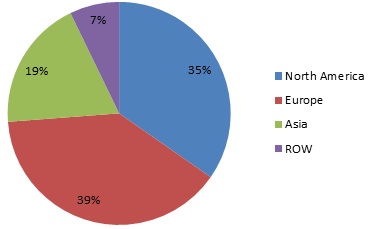Phosphorus , symbol P and atomic number 15 ,is a nonmetallic chemical element. phosphorus as a mineral is almost always present in its maximally oxidised state, as inorganic phosphate rocks.
Types-
Phosphorus derivatives- Types-
- White phosphorus
- Red phosphorus
- Industrial phosphates (sodium, calcium, potassium, aluminum, and magnesium phosphates)
- Phosphoric acid
- Phosphorus chlorides
- Phosphorus pentasulfied
- Phosphorus pentoxide
Applications-
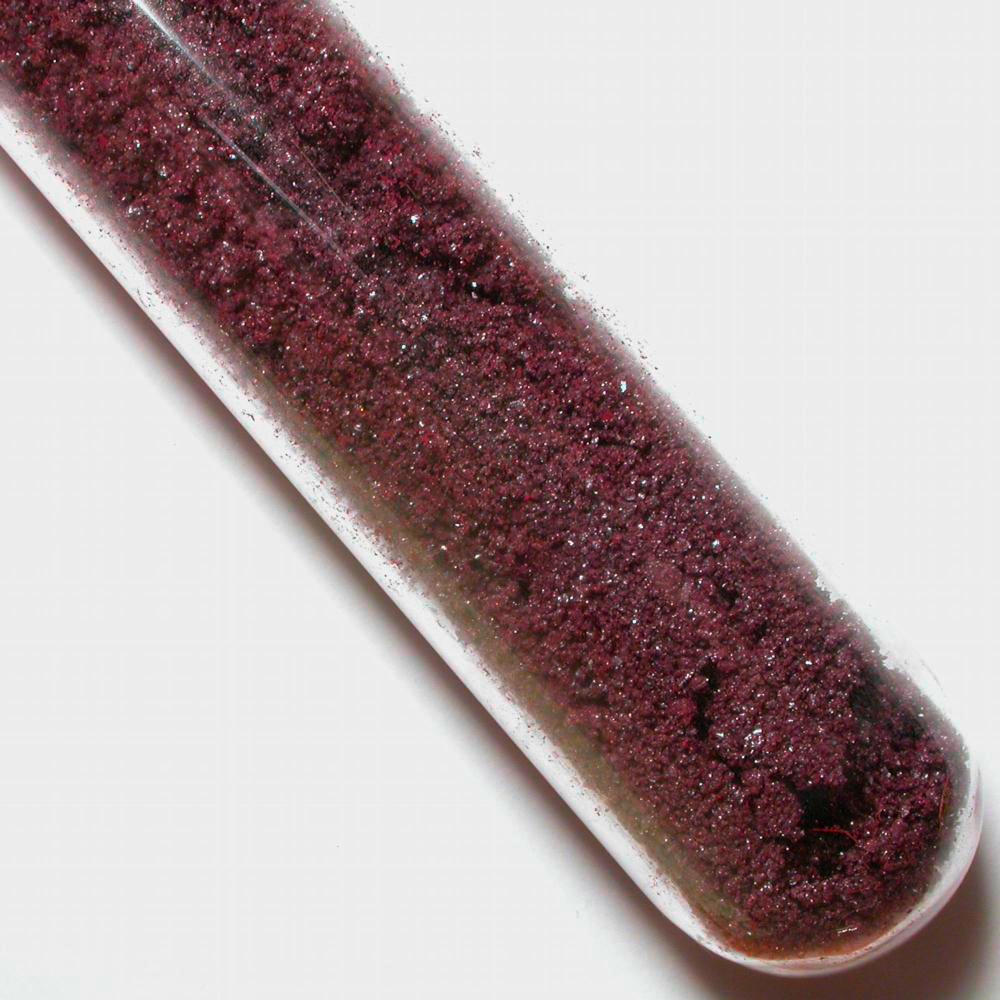
Red Phosphorus (Source-Google images)

White Phosphorus (Source-Google images)
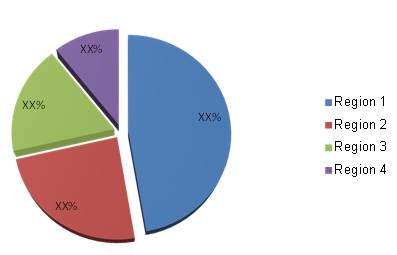
Phosphorus fertilizers,as basic nutrient for plant growth also serves for higher and faster yields of crops. This has made fertilizers the most
important application of phosphorus and its derivatives market.
Fertilizers also finds applications in detergents of phosphorus and its
derivatives. Government bodies of developed countries have imposed
regulations on the use of phosphorus in detergents that restricts the
growth in the developing countries.Phosphorus forms a number of derivatives, of which ammonium phosphates
has the highest market share. Its use in fertilizers has been driving
its demand.
Red Phosphorus (Source-Google images)
White Phosphorus (Source-Google images)
Yellow phosphorus is an intermediate in the
production of phosphorus derivatives. Its production is highly energy
intensive with electricity playing a major role in the cost of
production. The major countries that produce yellow phosphorus are
China, U.S., Kazakhastan, and Vietnam.
Major players in this market are OCP Sa (Morocco),
The Mosaic Company (U.S.), PotashCorp (Canada), EuroChem (Russia),
PhosAgro (Russa), Vale S.A. (Brazil), Isreal Chemicals Limited (Isreal),
Prayon group (Belgium), Innophos Holding Inc. (U.S.) and United
Phosphorus Limited (India). A number of Chinese players such as
Yuntianhua Group Co. Ltd, Jiangyin Chengxing Industrial Group Co. Ltd,
and Hubei Xingfa Chemicals Group Co. Ltd operate in this market.
Phosphorus & Its Derivatives Market Share, By Geography, 2012

Source: MarketsandMarkets Analysis
Asia has been identified as the largest market as
well as the highest growing in the next five years among all regional
markets. Asia has emerged as an important consumer with China being the
largest producer and consumer while India accounts for the largest
imports of phosphorus and its derivatives. The need to be self
sufficient in meeting domestic food demands has been driving the
consumption of phosphorus in terms of fertilizers and crop protection
chemicals. The other regions covered are Americas (constituting North
America and South America), Europe, Africa, Oceania and the Middle East.
For more information,visit-

